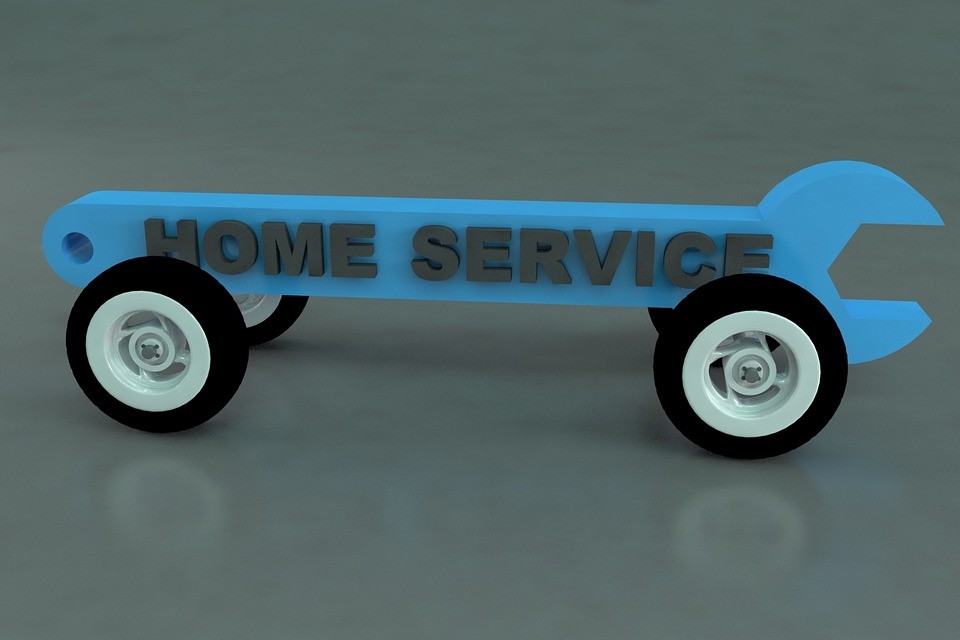Missed appointments and delays drain time and revenue for home service businesses. Customers grow frustrated waiting, and teams waste hours on empty visits. These issues also hurt brand reputation and long-term trust.
Effective scheduling and communication systems help resolve this chaos. Tools like automated alerts and precise routing ensure smoother operations and fewer surprises.
Whether you manage HVAC, plumbing, or appliance repairs, the following strategies can help keep your schedule on track.
Implement GPS-Based Buffered Routing for Technicians
Traffic, unexpected delays, and last-minute reschedules all throw off tight appointment windows. Local teams working without route buffers tend to fall behind early and never catch up.
You can solve most of that with smart routing tools. GPS-based systems that build in buffer time between jobs keep technicians on schedule without rushing. They account for travel time, traffic patterns, and location clusters.
Platforms like Service Fusion could be ideal starting points because they use real-time mapping to create efficient daily routes. The software helps dispatchers space out appointments with just enough margin to handle the unexpected.
Offer Realistic Service Time Windows for Customers
Customers lose patience when given vague or overly ambitious arrival estimates. A two-hour window sounds efficient, but it rarely works in real-world traffic or complex repairs. Larger gaps could create more flexibility and less disappointment.
When time slots reflect actual workloads and travel time, no-shows and cancellations drop. Customers know when to expect your team and plan their day accordingly. Fewer surprises lead to stronger trust.
Teams that use workload forecasting and technician availability data set tighter, smarter time frames. Even a 3 to 4-hour window feels reliable when the crew shows up near the start.
Use Two-Way SMS Reminders to Confirm Appointments
Messages sent directly to a customer’s phone cut through clutter faster than email or app alerts. Most people check texts instantly, so appointment confirmations rarely go unnoticed. Automated reminders save your staff hours of manual follow-up calls.
Two-way messaging also lets customers reply with quick updates. They can confirm, reschedule, or add details before your crew arrives. Missed visits drop sharply when communication feels immediate and convenient.
Many service management tools now include integrated SMS features. The setup requires little training, and the payoff comes in fewer no-shows and smoother daily schedules.
Provide Live Technician Tracking Updates
Waiting without updates frustrates even the most patient customers. When people don’t know where your team is, they call, cancel, or simply leave.
To ensure customers stay engaged, provide to-the-minute updates through live tracking links. Many platforms let you send an SMS with the technician’s ETA and map location once they’re en route.
Most customers treat those updates as a green light to stay put. They’re less likely to miss appointments when they see movement and timing in real time. It also reduces the volume of “where’s my tech” calls to your office fields every day.
Require Upfront Deposits for Booking
Empty appointment slots cost money, especially when no one shows up. Without some kind of commitment, it’s easy for customers to forget or skip.
You could implement a simple deposit policy for first-time bookings or high-demand slots. Even a small fee signals that your time has value. It filters out casual inquiries and helps customers stay accountable.
Many platforms support payment collection at the time of scheduling. That makes the process smooth for both staff and customers. No separate billing systems, no awkward follow-up calls.
Send Follow-Up Reminders Closer to Appointment Times
A reminder sent too early fades into the background. Customers see it, make a mental note, then forget as the day fills up.
An excellent way to cut down on no-shows is to send a second message within a few hours of the appointment. It brings the visit back to the top of the customer’s mind without feeling pushy.
Some field service software lets you schedule reminders automatically, so there’s no need for manual follow-up. A well-timed text, say, 60 to 90 minutes before arrival, feels helpful, not annoying.
Wrapping Up
People value service that respects their time. When your team communicates clearly and arrives when expected, trust builds without a word being said.
So, start tweaking the parts you control, such as your tech, your timing, and your follow-through. There’s still plenty of room to lead the field in reliability.





